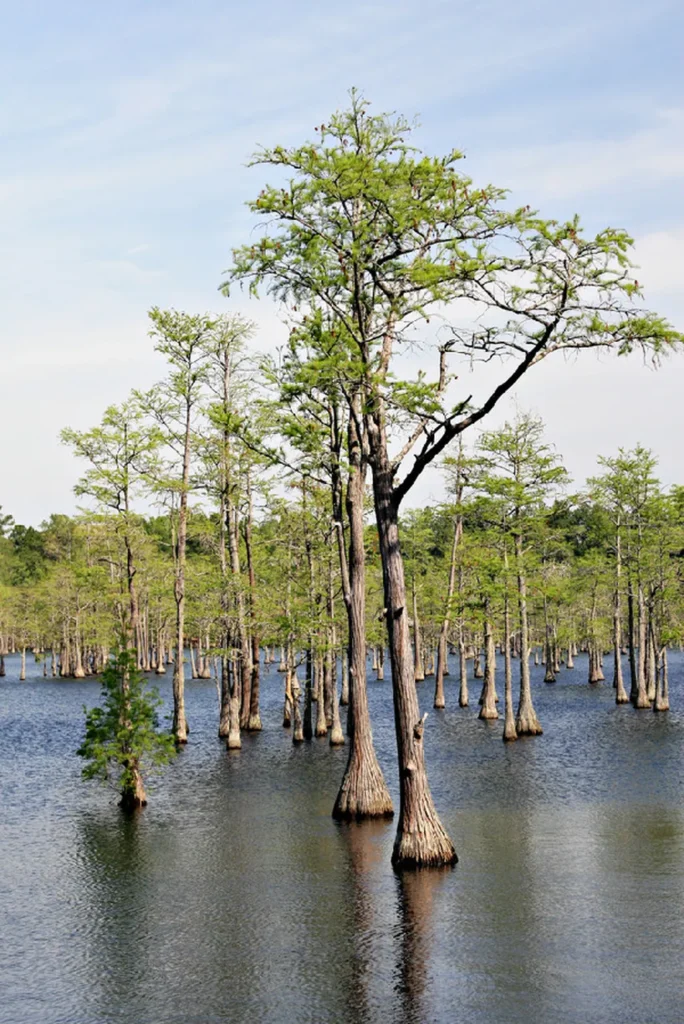In the heart of East Asia, an ancient story of survival and adaptation is unfolding, one that could reshape how we understand and manage our forests. A recent study published in the journal *Ecology and Evolution* (translated from Japanese as “生態学と進化”) has uncovered the genetic secrets of the relict cypress, *Chamaecyparis obtusa*, a tree species that has weathered the storms of time and climate change. The research, led by Takaki Aihara from the Institute of Life and Environmental Sciences at the University of Tsukuba in Japan, offers valuable insights into the species’ historical biogeography and genetic diversity, with significant implications for conservation and forestry management.
*Chamaecyparis obtusa*, a conifer with a disjunct distribution, is a relict species that has found refuge in the warm, humid regions of East Asia, mainland Japan, and Taiwan. Its timber is highly prized, making it an important species for the forestry industry. However, its genetic characteristics within its natural range have remained largely unexplored until now.
Using genome-wide single nucleotide polymorphisms (SNPs), Aihara and his team examined the genetic diversity and historical biogeography of *C. obtusa* populations across their distribution range. The results were striking. The study found high levels of genetic divergence between mainland Japan and Taiwan, with FST values ranging from 0.673 to 0.717. This divergence is estimated to have begun around 1 million years ago, during the early Pleistocene, when the land bridge connecting mainland Japan and Taiwan collapsed.
“These findings suggest that the *C. obtusa* populations in mainland Japan and Taiwan have been evolving independently for a very long time,” Aihara explained. “This has resulted in significant genetic differentiation between the two regions.”
The study also revealed that populations in mainland Japan exhibit higher genetic diversity, indicating frequent gene flow and past population expansions. Interestingly, both northern and southern marginal populations in mainland Japan showed high levels of genetic distinctness, suggesting they represent past refugia from the last glacial period.
In contrast, populations in Taiwan exhibited lower genetic differentiation, although infrequent gene flow was still evident. Despite these differences, all *C. obtusa* populations studied exhibited random mating based on FIS values, highlighting the need for continuous conservation of restricted areas.
The implications of this research are far-reaching. For the forestry industry, understanding the genetic characteristics of *C. obtusa* populations can inform better management and conservation strategies. For instance, the study’s findings emphasize the need for conservation efforts to focus on the highly divergent populations identified. Moreover, the research suggests that seedling transfers between different genetic clusters should be avoided to maintain genetic integrity.
Looking ahead, this research could pave the way for similar studies on other relict species, shedding light on their evolutionary history and guiding conservation efforts. As Aihara noted, “Our study provides a blueprint for understanding the genetic diversity and historical biogeography of relict species. This knowledge is crucial for developing effective conservation and management strategies in the face of ongoing climate change.”
In an era where the impacts of climate change are increasingly felt, the story of *Chamaecyparis obtusa* serves as a reminder of the resilience of nature and the importance of preserving our natural heritage. By unraveling the genetic tapestry of this ancient species, Aihara and his team have not only advanced our understanding of evolutionary biology but also provided valuable insights for the future of forestry and conservation.

